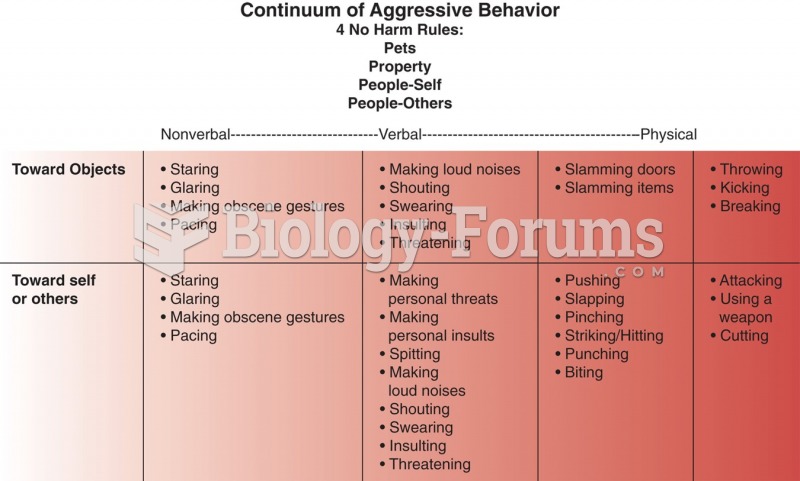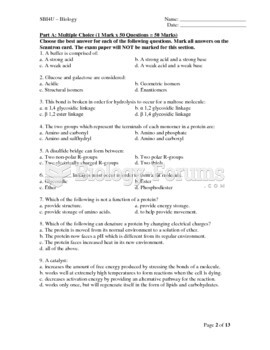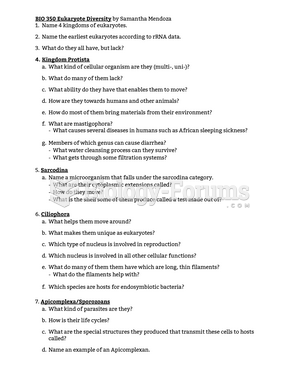Answer to Question 1
Before creating a brochure, use the following guidelines to help you communicate ethically and responsibly:
a. Is the information stated as truthfully, honestly, and fairly as possible?
You should recognize that ensuring a free flow of essential information is in the interest of the public and AZ Consultancy Services. At the personal level, honor, honesty, and credibility can help build strong, long-lasting relationships that contribute to the long-term success of the company. Sending complete, accurate, and timely information regardless of whether it supports your interests will help you build credibility.
b. Does the message embellish or exaggerate the facts?
Legal guidelines related to advertising provide clear guidance for avoiding fraud, the misrepresentation of products or services; however, overzealous sales representatives or imaginative writers can use language skillfully to create less-than-accurate perceptions in the minds of receivers.
c. Are the ideas expressed clearly and understandably?
If the message is to be seen as honest, you must be reasonably confident that the receiver can understand it. Ethical communicators select words that convey the exact meaning intended and that are within the reader's vocabulary.
d. Is your viewpoint supported with objective facts?
Are facts accurately documented to allow the reader to judge the credibility of the source and to give credit where credit is due? Can opinions be clearly distinguished from facts? Have you evaluated honestly any real or perceived conflict of interest that could prevent you from preparing an unbiased message?
e. Are ideas stated with tact and consideration that preserve the receiver's self-worth?
Ego-destroying criticism, excessive anger, sarcasm, hurtful nicknames, betrayed secrets, rumors, and malicious gossip pose serious ethical problems in the workplace because they can ruin reputations, humiliate, and damage a person's self-worth. Serious legal issues arise when negative statements are false, constituting defamation. Written defamatory remarks are referred to as libel, and similar spoken remarks are referred to as slander. If you choose to make negative statements, be sure the facts in question are supported.
f. Are graphics carefully designed to avoid distorting facts and relationships?
Communicating ethically involves reporting data as clearly and accurately as possible. Misleading graphics result either from developers' deliberate attempt to confuse an audience or from their lack of expertise in constructing ethical graphics.
Answer to Question 2
Depending upon your audience, facts of the situation may be told very differently. For instance, to your boss or a coworker who thinks you are a trouble maker, you may emphasize the importance of the meeting with the client and the benefit to the company as well as your limited knowledge of the faulty brakes. A face-to-face conversation may work best so as to read nonverbal cues and get feedback on how the message is received.
To a co-worker, your lawyer, or a significant other, you may not assign blame to factors outside yourself, talking about your lateness and your speeding. A phone call may be as appropriate as a face-to-face meeting.
Discussing the incident with a police officer or insurance agent, the facts may be related more formally, perhaps even written, at least in the case of the insurance agent.
Part of what to consider is the actual incident itself. A lane of traffic is typically about 10 feet in width, with a standard road with one lane of traffic going each way about 20 feet. Typically, people react to the lateness, the poor brakes, and the weather, but we really do not know if it was a four way stop at the intersection, if roads were two-way or one-way. If the car was only 8 feet into the intersection and was hit on the passenger side, the oncoming car may not have been in correct lane if it were a typical two-way road. This activity allows groups to consider many of the elements of the chapter in regarding audience awareness and message preparation.







